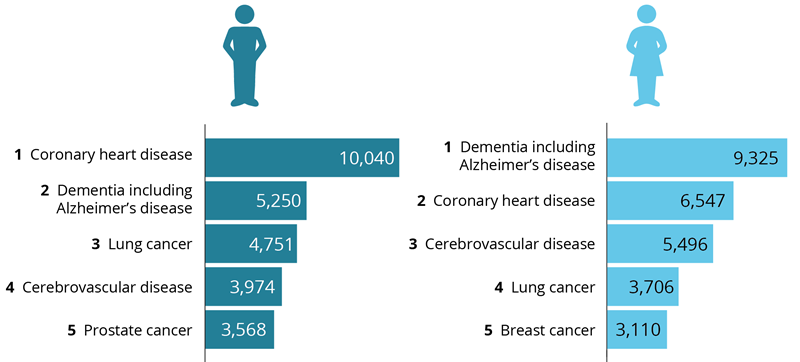Far West has Worst life expectancy
Angie White
19 March 2023, 8:20 PM
 Kate McBride - The Australia Institute
Kate McBride - The Australia Institute The Australia Institute has recently released the results of a new study into average life expectancy for people living in the Far West and the results show a marked discrepancy between city and country dwellers - titled 'The Unlucky Country - Life expectancy and health in regional and remote Australia', some of the statistics are sobering to say the least.
According to the data, city people have a life expectancy of 84.5 years compared to Far West residents who are expected to average at 79.1 years, while potentially avoidable deaths are two and a half times more likely for western residents.
It also finds that a person living in Far West NSW is twice as likely to die prematurely - before the age of 75 - than someone in Sydney.
Comparing the top ten causes of death between the city and the country also shows that while the top five are almost identical – heart disease, dementia, lung cancer, chronic obstructive pulmonary disease, stroke – the main difference is that many people in the Far West die from the preventable causes of dehydration and suicide.
Even as recently as 1999 life expectancy was longer, but the last two decades have seen a marked decline, a worrying trend for health professionals in the west.
The Australia Institute, an independent public policy think tank is based in Canberra, and since its launch in 1994, has carried out highly influential research on a broad range of economic, social and environmental issues.
“Far West NSW is in serious need of medical attention. Where you live shouldn’t dictate how long you’ll live, but unfortunately in NSW it does” said Kate McBride, Researcher at The Australia Institute.
Kate, the author of the report, was raised in Far Western NSW and has a special interest in the study and a desire to spark change for the people in her area.
“Those in the Far West have significantly poorer health outcomes, inferior access to health services and face substantial financial challenges to access services.
“Life expectancy, premature deaths, and ‘potentially avoidable’ deaths are key statistical indicators of whether our health system is working. It is clear from the analysis in this report, sirens should be sounding from the Far West of the state.
“There’s a compelling case for significant investment across the continuum of care, from disease prevention to rehabilitation and ongoing care, in regional NSW.
“The first release in a series, this report reflects a wider national trend: That the health system is failing those living in regional and remote Australia” said Kate McBride.
In 2022 an inquiry into Health outcomes and access to health and hospital services in rural, regional and remote New South Wales, showed some of the disparities in access to health services across NSW leading to poor outcomes for people living outside cities. The inquiry’s report showed the state of decline of the health system in regional areas that has been allowed to take place over the last decade.

With suicide rating number 10 in the causes of death in the Far West, it was interesting to note that in May 2021, then Federal Treasurer Josh Frydenberg made mental health a centrepiece of his annual budget speech, committing $2.3bn to mental health care and suicide prevention.
However, as The Australian Institute pointed out at the time, none of the words “rural”, “remote” and “regional” appeared at all in the section of the budget papers dealing with mental health measures, leaving a lingering question about help for those in the west.
Member for Barwon Roy Butler took to Facebook following the release of the report stating, “This government has had years to deal with the problems that beset regional NSW, but this report shows that the health system out west is still suffering the results of years of neglect.”
According to the Western NSW Local health district Strategic plan our Far West population have the most rural and most vulnerable population in NSW.
This vulnerability is seen in part in the poorer health and social outcomes experienced by our communities when compared to our urban counterparts.
Western and Far Western NSW population is older than the rest of NSW, with a higher proportion of children aged 5-9 years, while our population is also ageing faster than the rest of the State.
With a shorter life expectancy coupled with a higher mortality rate, residents of the western area have some things to be concerned about.
Those living in Western NSW are also more likely to have at least one of the risk factors that contribute to poorer health and chronic disease conditions, including smoking, harmful use of alcohol, obesity and low levels of physical activity.
Cardiovascular disease, Diabetes, chronic obstructive pulmonary disease (COPD) as well as cancer contribute significantly to the burden of disease in Western NSW people.
The weight of these statistics lay on the already struggling health system in the west. it is hoped that reports such as these can prompt the government to address these issues to save and improve the lives of those living in these areas.
If you or anyone you know needs help:
- Lifeline on 13 11 14
- Beyond Blue on 1300 224 636
- Headspace on 1800 650 890
- Kids Helpline on 1800 551 800




